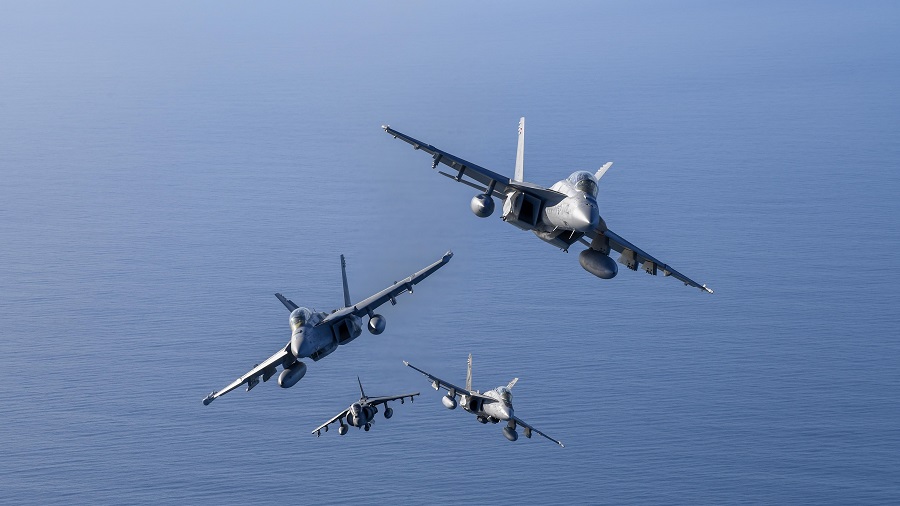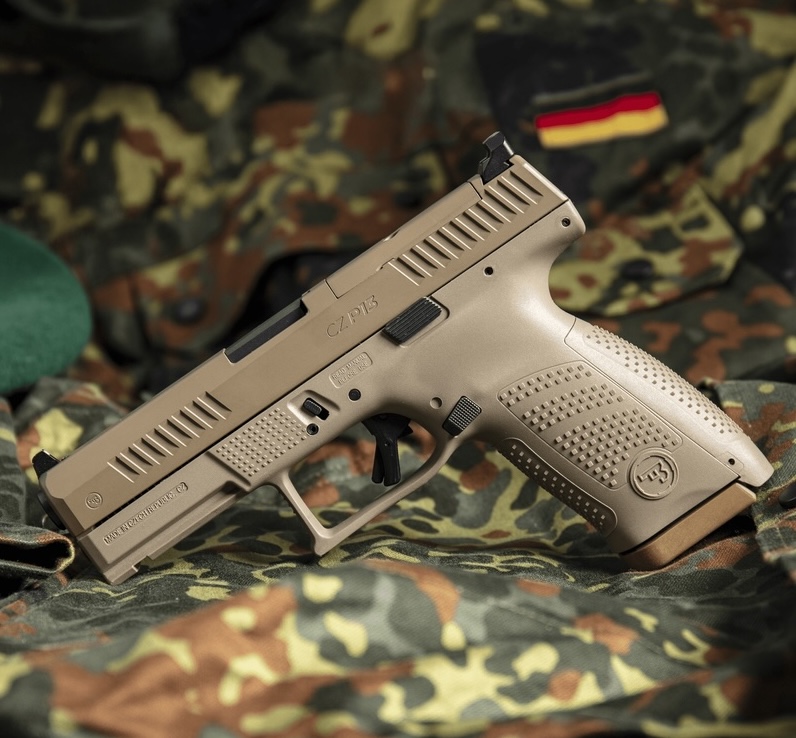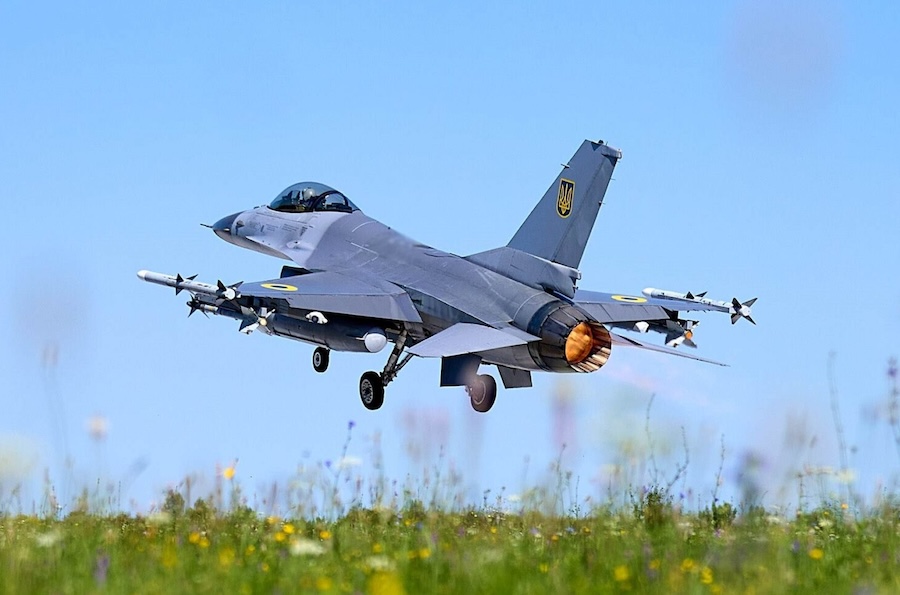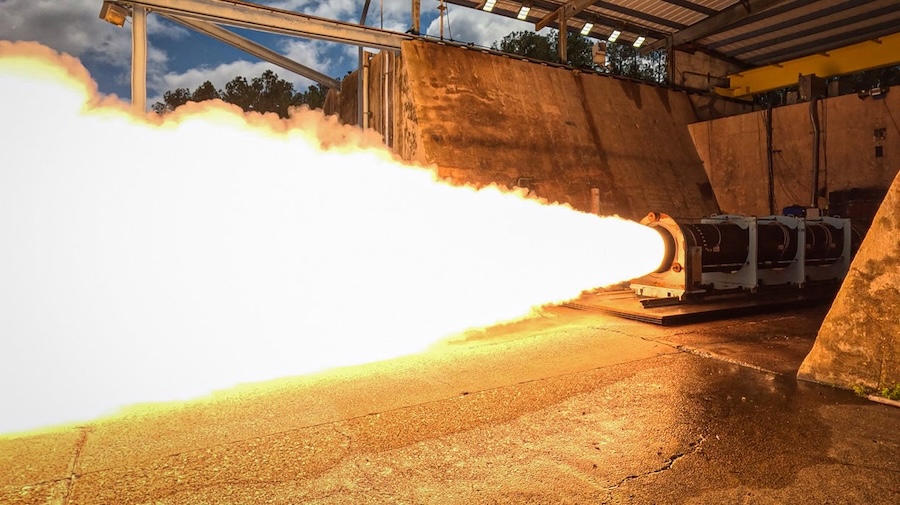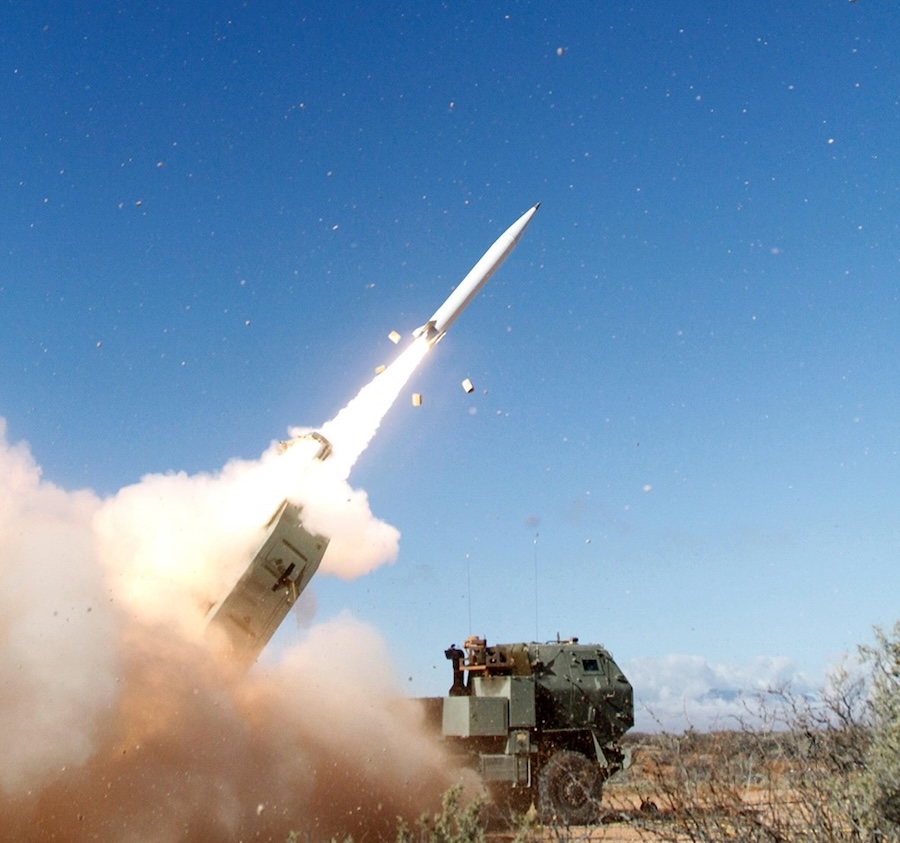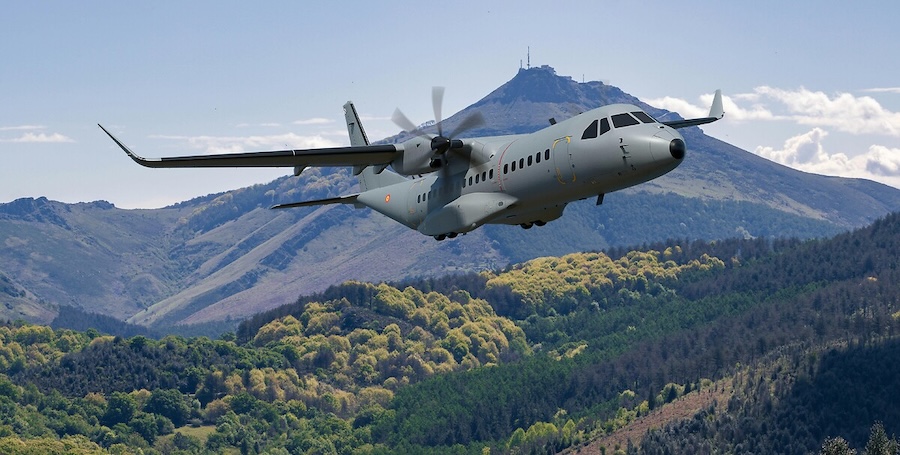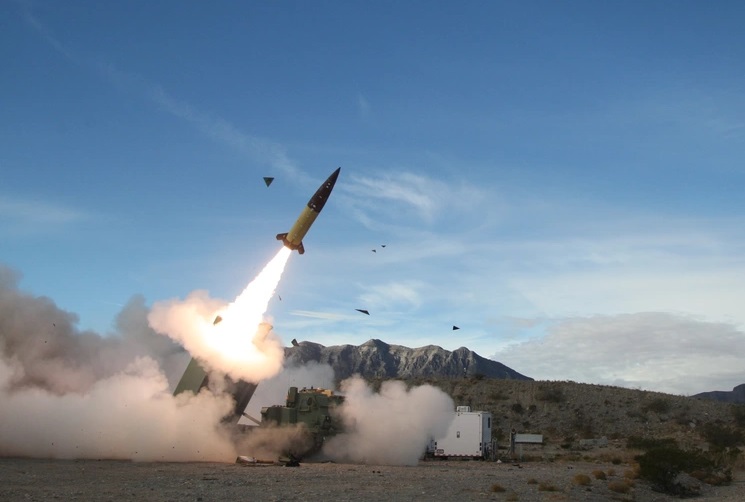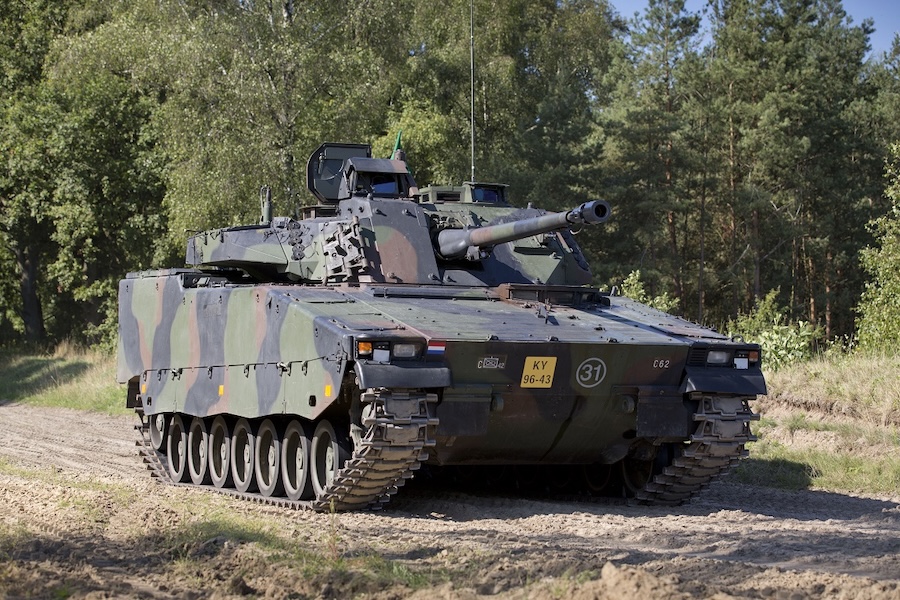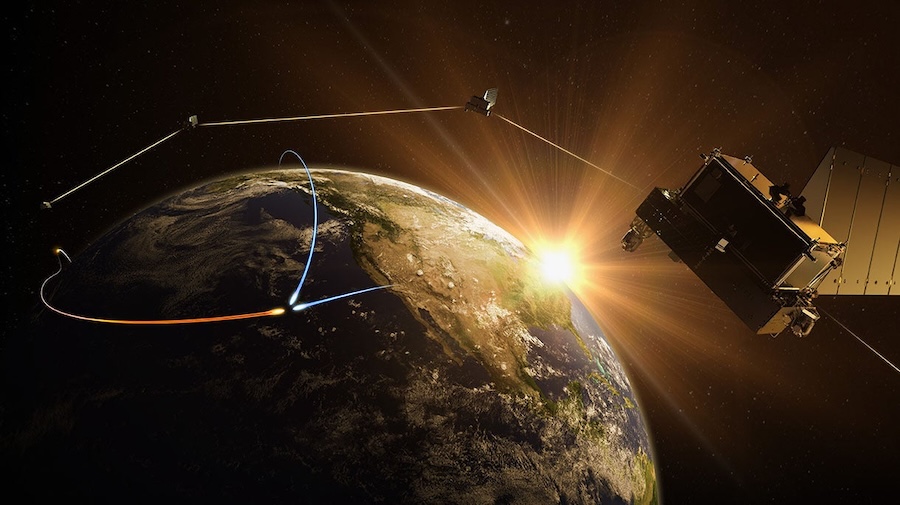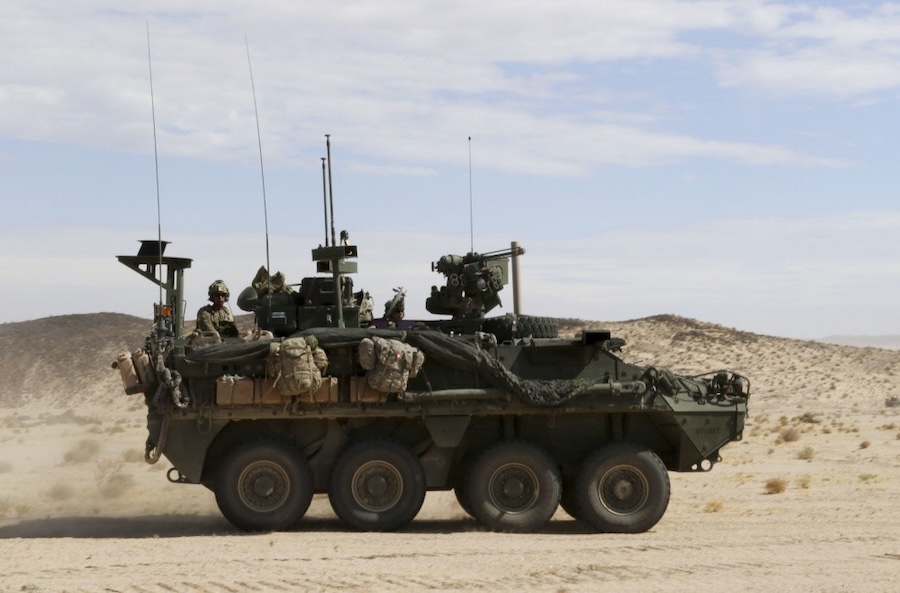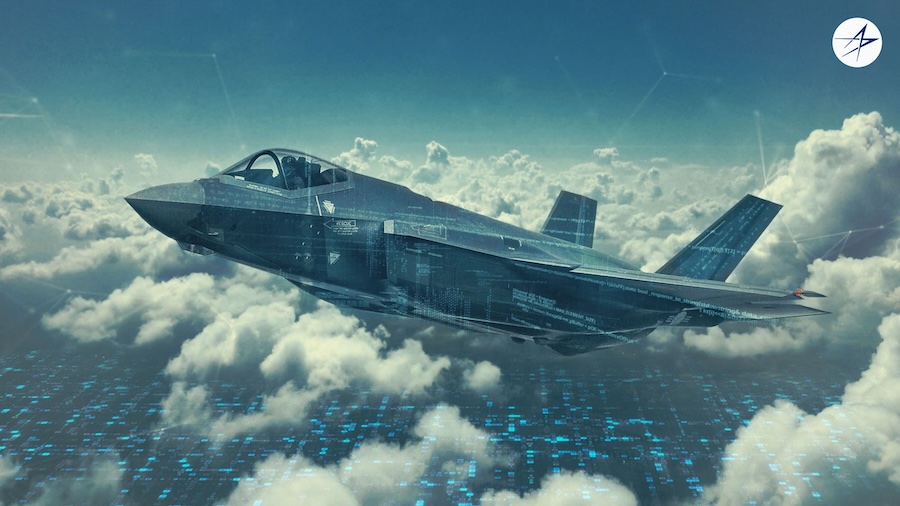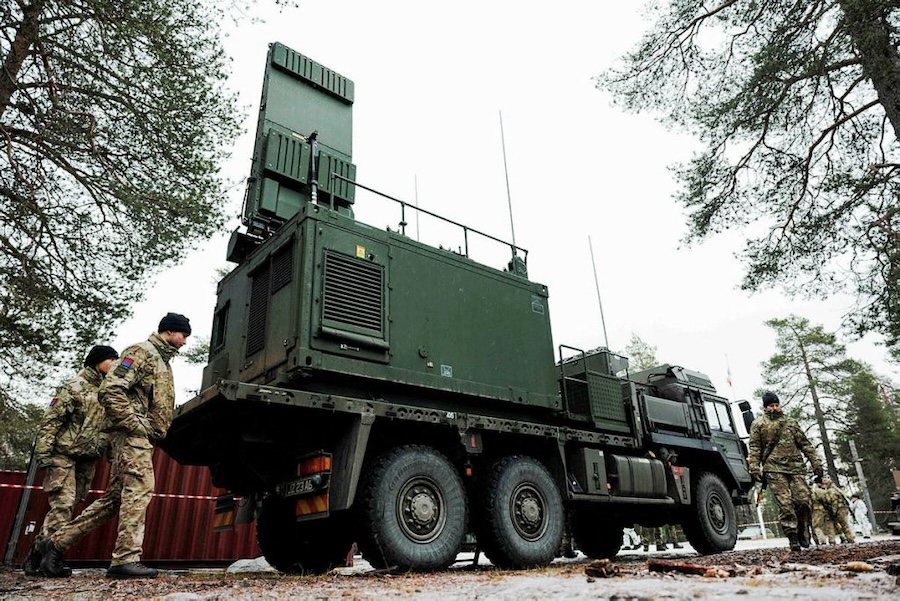In total, the aircraft have logged the equivalent of 500,000 days or nearly 1,370 years of nonstop flight. These hours reflect decades of service defending national interests and supporting global security operations.
“When you call the roar of these aircraft ‘the sound of freedom,’ it holds real weight,” said Capt. Michael Burks, programme manager for the F/A-18 and EA-18G programme office (PMA-265). “Throughout their service, the F/A-18 and EA-18G family has supported nearly every major U.S. military conflict of the past 40 years and continues to adapt to rapidly changing threat environments.”
The original F/A-18 Hornet was introduced in the 1980s and quickly proved itself as a capable multi-role fighter and attack aircraft. Its successors—the F/A-18E/F Super Hornet and the EA-18G Growler—brought notable improvements in radar, avionics, weapons capacity and electronic warfare systems.
Modernisation efforts include the Super Hornet Service Life Modification (SLM), which extends flight life from 6,000 to 10,000 hours. In addition, Block III Super Hornets feature upgraded sensors, increased survivability and enhanced cockpit systems, while Growler Block II updates will advance electronic warfare capabilities and future readiness.
“This milestone is a significant achievement and a reflection of the generations of Sailors, Marines and civilians who sustain, fly and innovate these platforms every day,” said Burks. “Twelve million flight hours demonstrates our commitment to delivering world-class capability, enabling our warfighters to execute their missions with an asymmetric advantage and return home safely.”
The flight hour achievement comes as the U.S. Navy marks the 30th anniversary of the Super Hornet’s first flight this November. It also coincides with preparations to celebrate 250 years of U.S. Navy and Marine Corps service in 2025.




